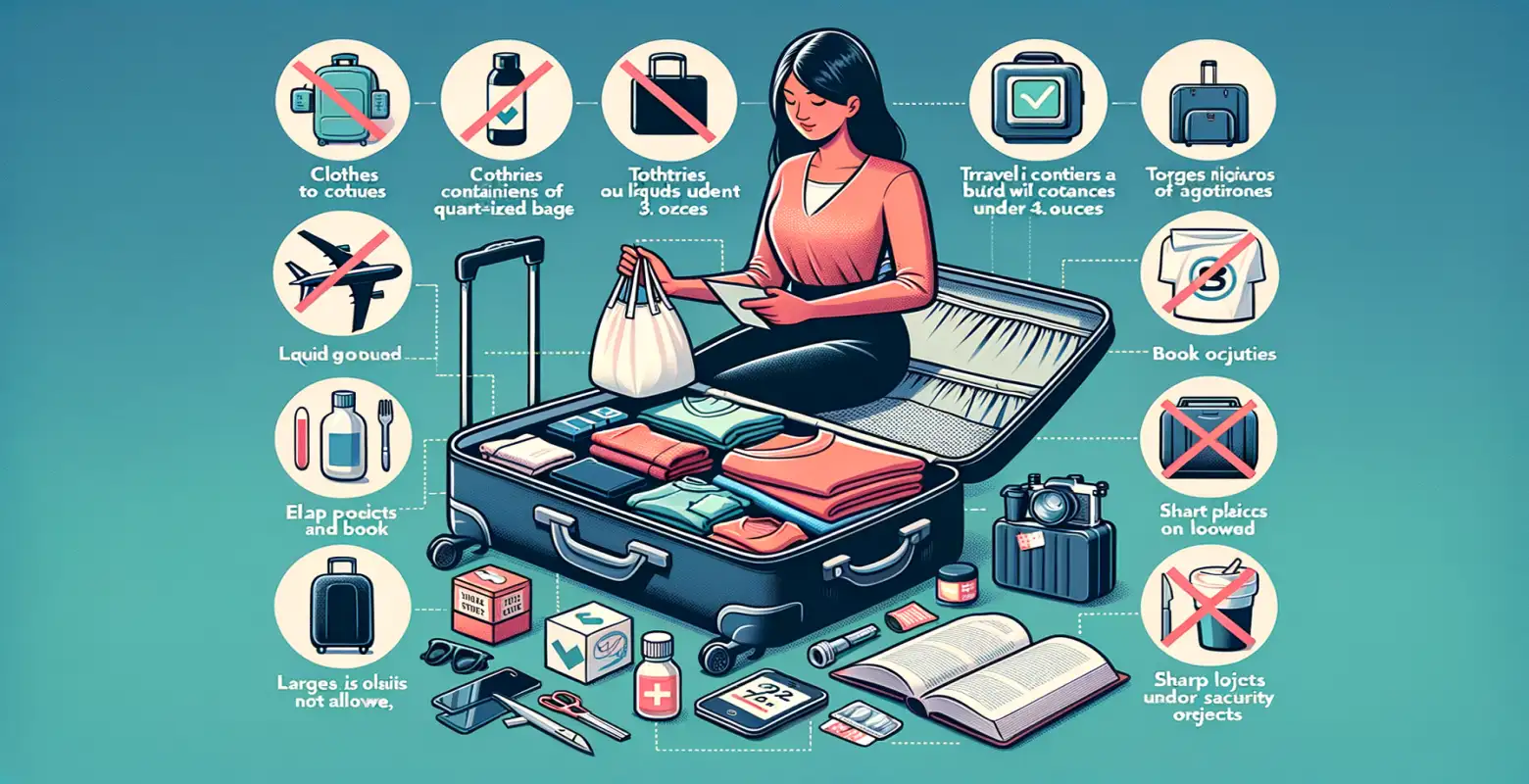How to pack carry-on luggage according to the regulations?
Introduction
Planning a trip by plane involves many logistical aspects, and one of the most important is packing carry-on luggage. Properly preparing your carry-on luggage is crucial, not only for travel comfort but also to meet the safety requirements and regulations of airlines. In this article, we will discuss how to effectively pack carry-on luggage according to regulations to avoid unnecessary problems at the airport. We will look at what you can bring, what the size and weight restrictions are, and how best to organize your belongings to make your journey as stress-free as possible.
Regulations regarding the size and weight of carry-on luggage
Each airline has its own rules regarding the size and weight of carry-on luggage. Typically, these dimensions range around 55 x 40 x 20 cm, but it is worth checking the exact requirements of the carrier you are traveling with. The weight of carry-on luggage is often limited to 7-10 kg. Exceeding these limits may result in additional fees or the need to check the luggage in.
It is also important to pay attention to the regulations regarding additional personal items, such as a purse, laptop, or backpack, which may be allowed on board without extra charges. Before traveling, it is best to consult with the airline to confirm the current regulations.
Rules for transporting liquids
One of the most important aspects of packing carry-on luggage is the regulations for transporting liquids. According to international regulations, liquids, gels, and aerosols must be carried in containers with a maximum capacity of 100 ml, and all containers must fit in a transparent, resealable bag with a capacity not exceeding 1 liter. This bag must be easily accessible during security checks.
It is worth noting that liquids include not only water and beverages but also cosmetics, such as shampoos, shower gels, toothpaste, or contact lens solutions. These regulations aim to enhance flight safety, so compliance is essential.
What can and cannot be taken on board?
You can carry many items in your carry-on luggage that are necessary during the flight, but there is a list of prohibited items. Permitted items include electronic devices such as cell phones, tablets, laptops, as well as books, travel documents, and other small personal items.
However, it is prohibited to transport dangerous items such as weapons, sharp objects (e.g., large-bladed scissors), explosives, and chemicals. Before traveling, it is important to familiarize yourself with the full list of prohibited items available on airline or airport websites.
How to pack carry-on luggage efficiently?
Efficiently packing carry-on luggage requires thoughtful organization. Here are a few tips that can help:
- Utilize every space: Rolling clothes instead of folding saves space and reduces wrinkles.
- Consider your clothing choices: Choose multifunctional and easy-to-match clothes.
- Use organizers: Cosmetic bags, vacuum bags, and other organizers can help maintain order.
- Keep essential items handy: Documents, money, phone, and other important items should be easily accessible.
Potential challenges and how to avoid them
Packing carry-on luggage can be challenging, especially if you are traveling with children or have multiple layovers. One of the most common problems is exceeding weight and size limits, which can be avoided by weighing and measuring your luggage in advance. Another challenge is forgetting about prohibited items, so it is important to carefully check the contents of your luggage before heading to the airport.
It is also worthwhile to be prepared for unforeseen situations, such as flight delays or weather changes, which can be addressed by packing clothes for different weather conditions and bringing extra snacks or books for waiting times.
Trends and the future of packing carry-on luggage
In today's world, more and more people are traveling with carry-on luggage, which is associated with the trend of light travel and the fast pace of life. Airlines increasingly offer lower ticket prices for passengers traveling without checked baggage, further encouraging efficient packing.
In the future, we can expect further development of technologies supporting travelers, such as smart suitcases with built-in chargers or GPS locators that facilitate luggage tracking. Changes in security regulations may also affect packing methods, so staying up to date with innovations in the airline industry is valuable.
Summary
Packing carry-on luggage in accordance with regulations is a key element of a successful plane journey. Understanding and adhering to the rules regarding size, weight, as well as the transportation of liquids and dangerous items, helps avoid stress and issues at the airport. Through thoughtful organization and efficient packing techniques, the journey can be enjoyable and comfortable.
If you are planning a plane trip, start by checking the airline's requirements regarding carry-on luggage and prepare accordingly. A conscious approach to packing will not only streamline your travel experience but also ensure the safety of yourself and other passengers.






Number of comments: 0